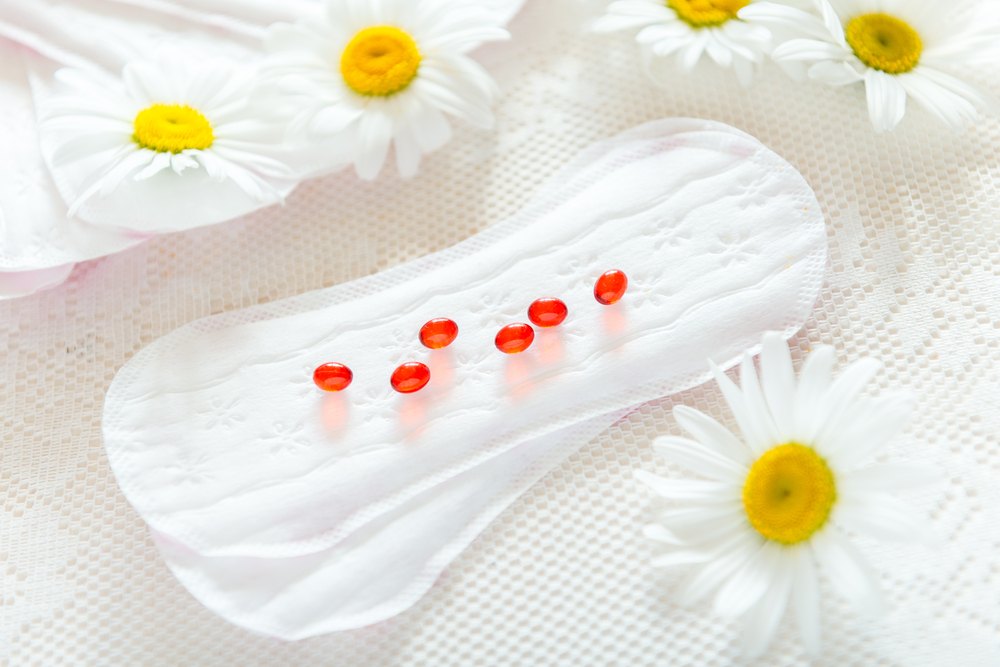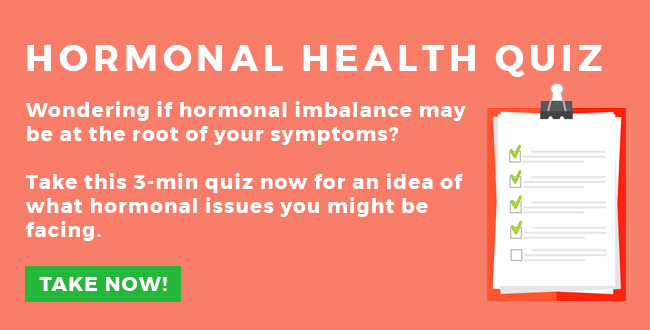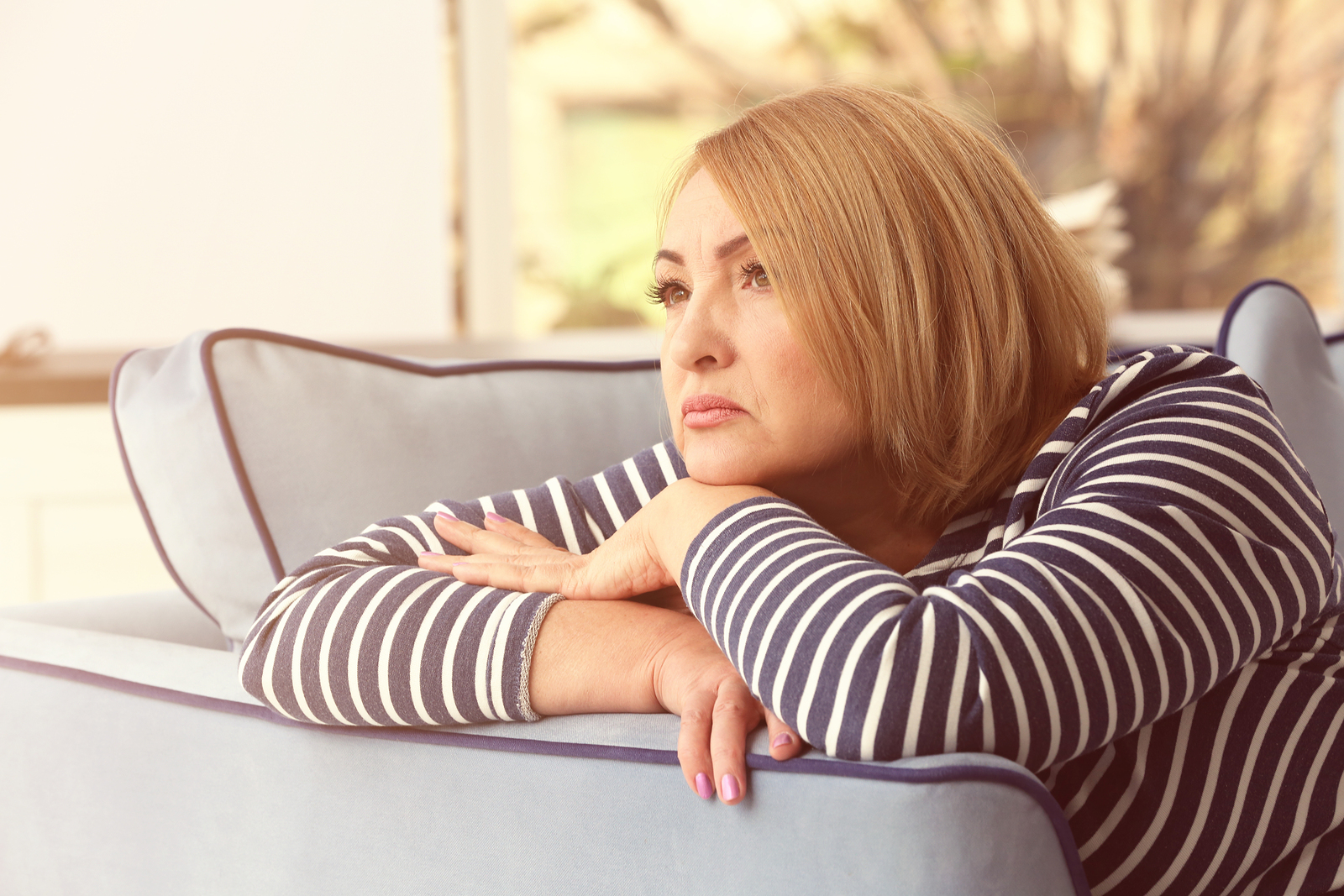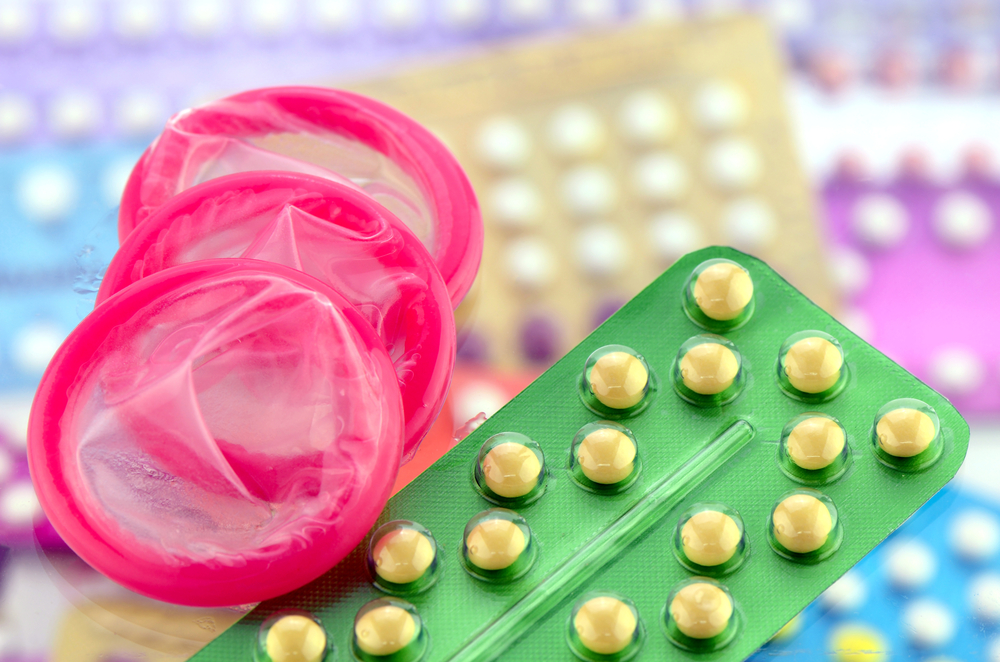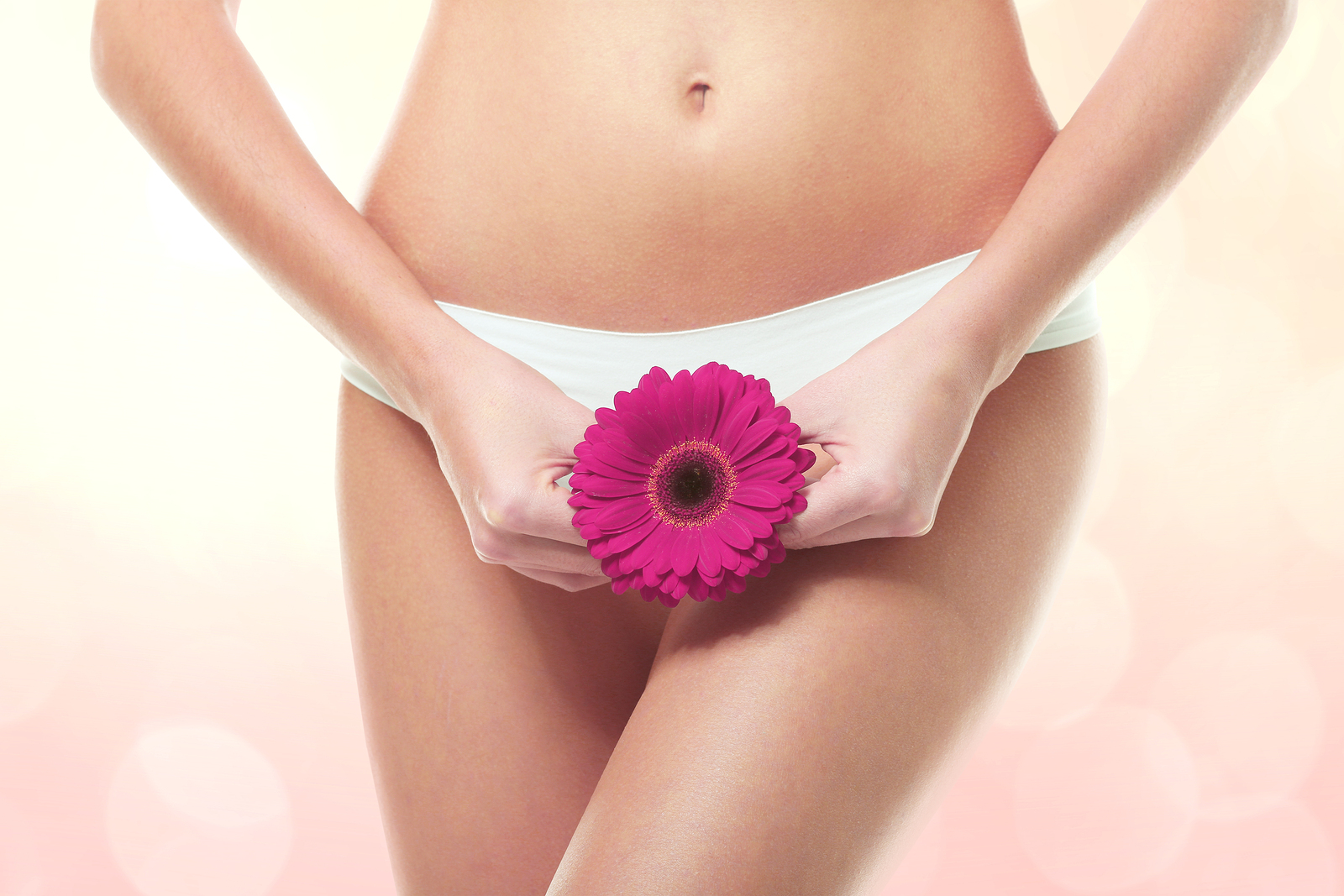Every woman, even if not personally affected by endometriosis at this time, can benefit from knowing and understanding the basics of this condition. This insight can offer a way to better see how our bodies work – and what we can do to keep ourselves healthy. Receiving a diagnosis of endometriosis can be scary, but I don’t think it need to be that way. Let’s take a look at why.
Endometriosis has been on the increase, and there is debate about why. I suspect that the high estrogen levels found in American women and increasing number of women with autoimmune disorders are a contributing factor. It also often runs in families. And from my clinical experience, I know that emotional issues are often involved. There’s a theme running through all of these causes: hormonal imbalance. The good news is that we can usually do something about that – without drugs or surgery – and see great improvement.
What Is Endometriosis?
Endometriosis (sometimes misspelled endometreosis) is an outgrowth of the normal menstrual cycle. Each month the tissue inside the uterus—the endometrium—thickens as it intends to support a fertilized egg during pregnancy. If the egg is not fertilized and the woman does not become pregnant, then the uterus sloughs off the lining with the onset of her period. This is the bleeding that occurs during your monthly period. It is usually a healthy sign and a normal process of being a mature woman.
In the case of endometriosis, the same type of tissue that lines the uterus grows outside the uterus in other parts of the body. And the same hormones that trigger a menstrual cycle will trigger sloughing of the endometrial implants in the abdomen. Endometriosis can appear on the Fallopian tubes, the ovaries, the outside of the uterus, the peritoneum, or the intestines. Each month this displaced tissue responds to the hormonal changes that regulate your menstrual cycle, engorging itself through the first half of the cycle, and often releasing a small amount of blood in the second half, which causes repeated irritation to the surrounding tissue.
Over time this can cause scarring or adhesions inside the reproductive organs, pelvis, and intestines. Adhesions are like spider webs inside the abdomen. It has been speculated that when the scarring occurs on reproductive organs it can contribute to fertility issues and increased menstrual pain. Some 3 to 10 percent of all women have endometriosis, while 9 to 50 percent of infertility is caused by this condition. More recently it has been discovered that significant amounts of evidence associate endometriosis with high levels of dioxins, a type of environmental toxin.
Symptoms of Endometriosis
It is not easy to diagnose endometriosis. Some of the symptoms – such as chronic pelvic pain, menstrual pain, bloating, painful sex, or pelvic discomfort between ovulation and your period – do provide a suspicion that a woman has this disease, but it is not a conclusive diagnosis. Notably, some women have the condition without symptoms, while others have the same symptoms but no endometriosis. An experienced practitioner can tell much from a pelvic exam, but the only way to tell for sure and get a definitive diagnosis of endometriosis is surgical. This is another reason we recommend a natural approach as a first step to see if it provides symptom relief.
Despite multiple theories, the root cause of endometriosis simply isn’t known for sure. It’s feasible that more than one particular idea is correct, and there are probably various paths to establishing the condition. One very likely contributing factor that can be reduced with natural methods is the estrogen-like chemicals that surround us, known as xenoestrogens.
Our Estrogenic Environment
Estrogen’s natural function is to stimulate cell growth. But excess estrogen contributes to unnatural growth. We know that American women have the highest levels of estrogen in the world. And that is something we can do something about. We believe that most of that excess comes from so-called xenoestrogens, compounds whose molecular structure is so similar to estrogen that they have estrogenic effects in the body. These compounds consist of the development hormones prevalent in milk and meat production, agricultural pesticides, the chemical substances offered off by plastics when heated in microwaves, as well as many other sources. Not surprisingly, for most of us such xenoestrogens are pervasive.
Natural Endometriosis Treatment
I have had a consistently high rate of success with a combination of dietary changes, nutrient support, emotional healing, and alternative therapies – such as acupuncture (using fine needles to pierce the skin at strategic points and relieve pain) and phytotherapy (the use of plants and plant extracts for healing). The primary aim is to eliminate the underlying causes of endometriosis and support your body’s healthy metabolic function. These steps can help relieve the symptoms of endometriosis, but they also are important preventative measures for your overall health. I recommend that all women follow these natural steps, whether they think they have endometriosis or not. Many women who have endometriosis also have a condition known as systemic yeast, and find when the yeast is treated the symptoms of endometriosis are much improved.
If you are struggling with endometriosis, and you are eating a high-sugar and/or high-carbohydrate diet, you can be virtually certain that your diet is causing you trouble. Your food intake is speaking to your genes in ways that they just don’t want to hear. One of my favorite sayings is “Food is information – and your best medicine.”
Eating a sweet and starchy diet gives your body all the wrong messages. Instead of telling your cells to remain insulin sensitive so they can continue to store sugar from the carbohydrates you eat, you are telling your cells to become insulin resistant. Instead of telling your blood sugar to remain at nice, even levels, you are inviting it to spike and crash. Instead of instructing your insulin to remain at healthy levels, you are asking it to go out of balance. The message to your body with a sweet and starchy diet is “Gain weight, add stress to the system, and start a hormonal cascade that will create unwanted symptoms.”
So if you are struggling with hormonal symptoms, your body is sending you a message. It is trying to tell you that you are feeding it the wrong information – information that it needs from different foods to keep your hormones healthy. And when you rebalance your hormones, it will do wonders for your skin, your hair, and your overall sense of vitality and well-being, in addition to helping you lose weight.
The good news is that there are some easy ways to respond to the message your body is sending. Some of the simplest steps are:
- Change your diet to minimize xenoestrogen exposure. As much as you can, eliminate non-organic dairy products, beef, and chicken – because organic foods contain no added growth hormones. Increase nutrient-rich foods, especially cruciferous vegetables (broccoli cauliflower, Brussels sprouts, kale, cabbage, and bok choy), soy, cold-water fish (small fish when possible) and fiber, all of which support hormonal balance and help clear extra estrogen from the body.
- Follow a whole foods diet, carefully watching your carbohydrate intake, to support healthy insulin metabolism and overall hormonal balance. This includes limiting alcohol intake. Remember to eat protein at each meal and at each snack to keep the hormones more stable.
- Maintain healthy levels of body fat to limit endogenous estrogen production. Body fat is a secondary production site for estrogen, so being overweight often means excess estrogen.
- Supplement with vitamins and minerals (especially calcium and magnesium) to make up for what is lacking in your daily food intake – pharmaceutical grade is the best.
- Supplement with phytotherapy to gently return hormone levels to normal.
- Supplement with omega–3 essential fatty acids as a natural anti-inflammatory.
- Minimize exposure to xenoestrogens in your environment. Don’t microwave food in plastic wrap or containers, use ceramic bowls in the microwave and try to minimize the use of plastics for food storage. Store the food in glass containers.
- If you have endometriosis, consider adding acupuncture with pelvic massage to the above. Castor oil packs will help reduce pain and inflammation. We also recommend you check out the innovative therapeutic approach developed at Clear Passage Therapy.
Emotional Factors
Twenty-five years ago the medical profession recognized very little of the deep connection between emotions and health. It was accepted that “Type-A” personalities had a greater risk for heart disease, that “Passive/Depressive” women had more breast cancer, and that attitude affected a patient’s rate of healing. But there was resistance to exploring these connections further.
Today there is much greater recognition of the impact of emotional experience on our health. There is a conclusive body of clinical evidence showing stress increases the risk of disease. A large-scale California study co-sponsored by the Center for Disease Control and Kaiser Permanente (called the ACE study) showed that emotional trauma in childhood almost predetermined health problems in adulthood. A large number of such studies are now published every year.
In our clinical practice, we have long realized that for most women, in addition to the physical factors, there is a definite connection between endometriosis and unresolved emotional issues. Those issues are varied, but are most often unresolved problems within your family, especially your family of origin. Dealing with those issues now, especially when combined with the dietary and other support efforts outlined above, can be a decisive component of your health. There are numerous alternative options for good old-fashioned guidance, as well as help with emotional dilemmas. I want you to have a healthy lifestyle that provides you with happiness and a positive outlook on life. There’s no need to hold on to the emotional baggage from your past! For more on this, we encourage you to read our many popular articles about emotions.
Conventional Medical Treatment
The natural methods described above provide the body with the support it needs for hormonal balance, and many women find that it is all they need for relief from their adverse symptoms of endometriosis. However there are also many effective conventional remedies short of surgery. We suggest you start with the natural methods, and if you need further support, consider the following treatments:
- Use of ibuprofen, naproxen, and other antiprostaglandins or non-steroidal anti-inflammatory drugs (NSAID) that are available by prescription to decrease pain and inflammation when needed.
- Medical/hormonal management with contraceptive methods, such as birth control pills, patch, ring, or Depo-Provera injections, which have synthetic progestins that help block the stimulation of the endometriosis implants. Hormonal treatments, such as Lupron or danazol, temporarily stop menstruation, block estrogen, and shrink the implants. These drugs also create symptoms of early menopause, but they are very effective at shrinking the endometriosis.
In extreme cases surgical treatment may prove the only option, if these less-invasive preventative and conventional approaches fail to provide you with relief. Methods might include:
- Surgical removal or lasering of the tissue implants, usually following a course of Lupron.
- Endometrial ablation.
- Total or partial hysterectomy if the endometriosis is diffuse in the pelvic area.
Click here to read our articles about endometrial ablation and hysterectomy options.
You may not have endometriosis now, but even if you don’t, after reading this article I hope you agree that it’s good information to store away. When you know what symptoms that pop up could indicate, you can make well informed decisions about natural treatment, medication or surgery.

